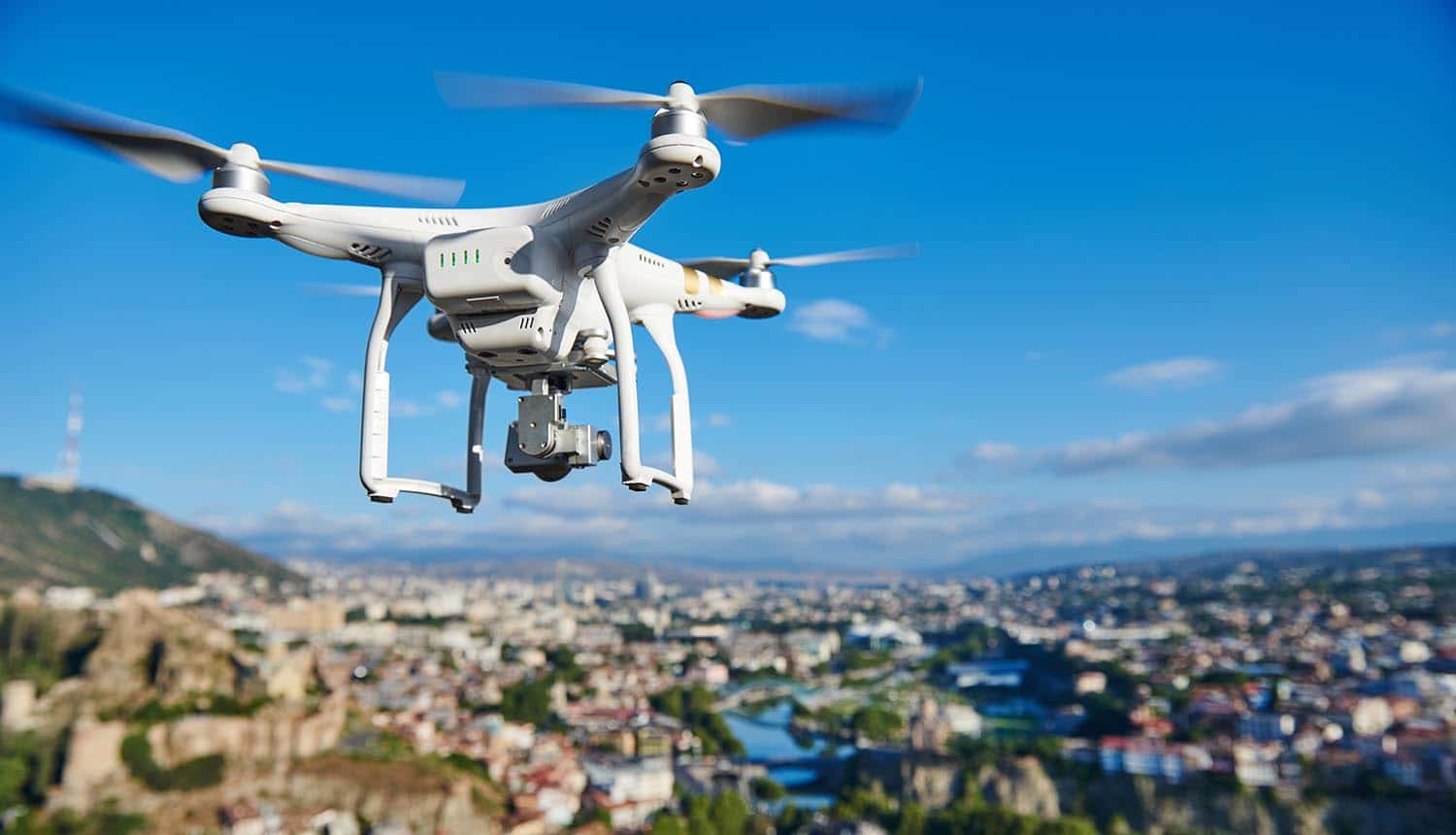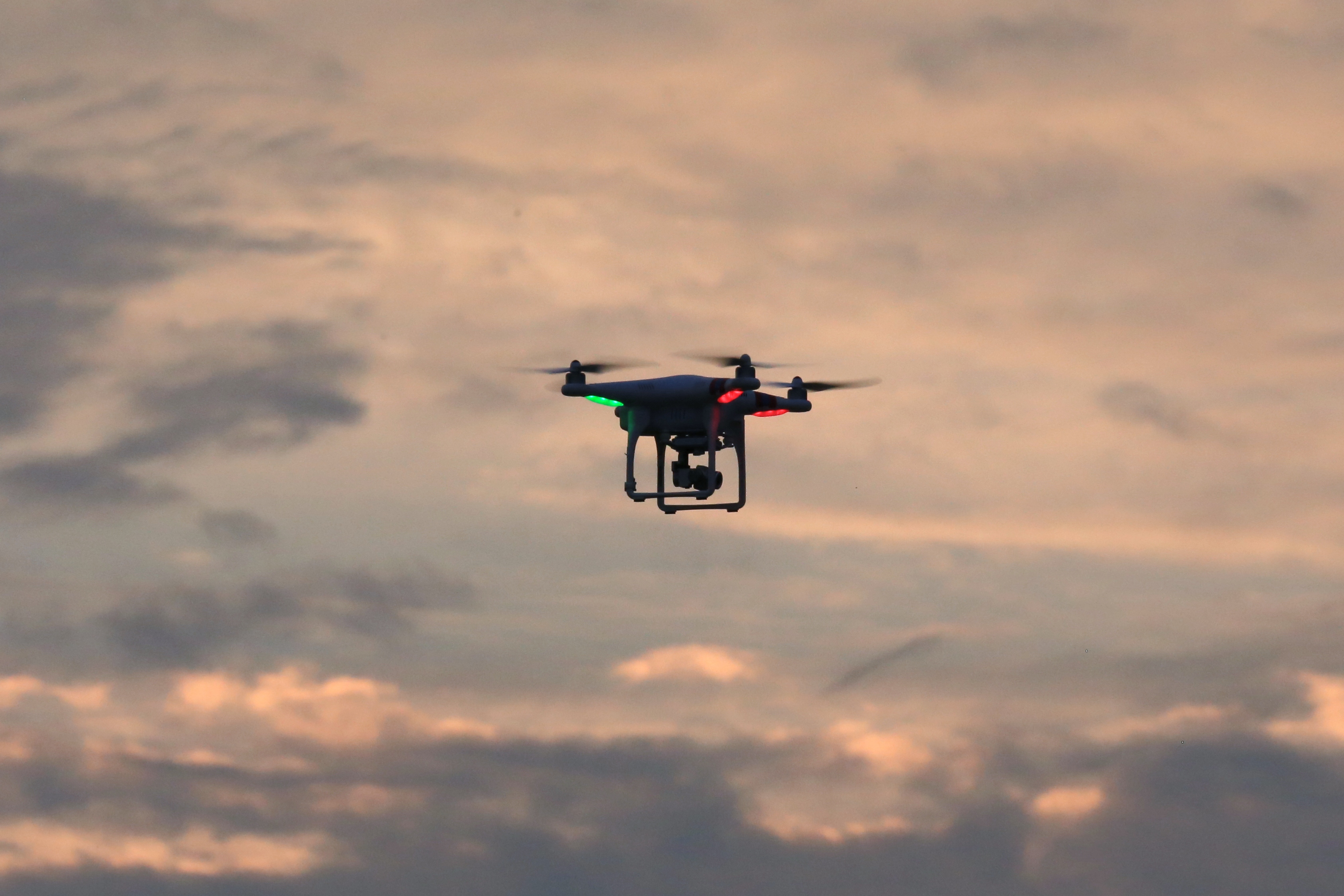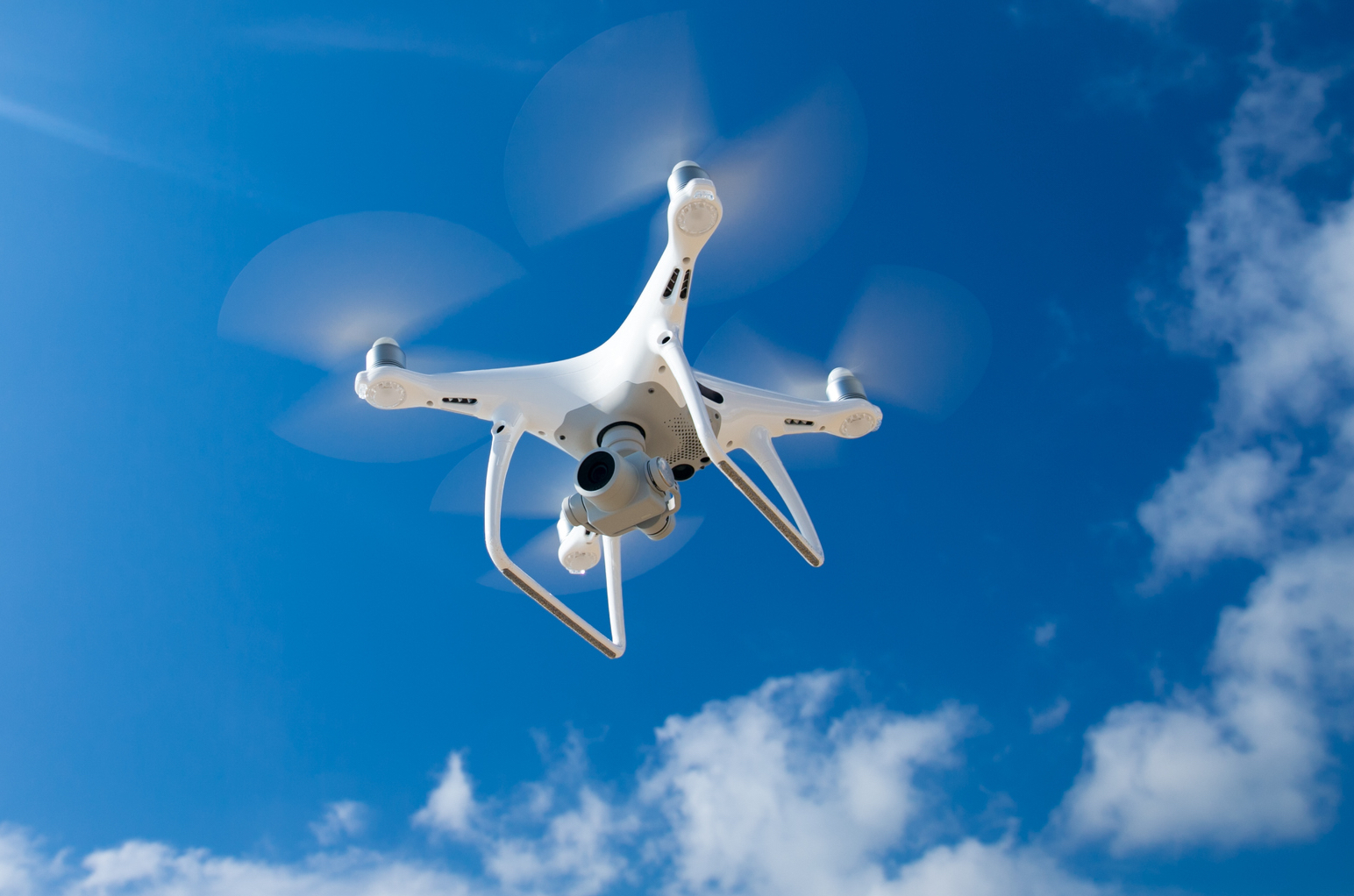Sky elements drones represent a fascinating intersection of technology and atmospheric science. This exploration delves into the utilization of unmanned aerial vehicles (UAVs or drones) for observing, recording, and analyzing various atmospheric phenomena. From capturing high-resolution images of cloud formations to monitoring air quality, drones offer unique advantages over traditional methods, providing unprecedented detail and accessibility. We will examine the technical aspects of drone-based atmospheric observation, the diverse applications of the collected data, and the inherent challenges and limitations involved.
This analysis will cover the types of drones and sensors best suited for this task, the software used for data processing, and the various applications across fields like meteorology, environmental science, and even cinematography. We’ll also address safety concerns and regulatory considerations associated with operating drones in the airspace.
Sky Element Identification in Drone Footage

Drone technology offers a unique perspective for observing and recording atmospheric phenomena. Analyzing drone footage requires understanding how various sky elements appear under different lighting and camera settings. This section details visual characteristics of common sky elements, the impact of lighting and camera parameters, and provides a comparative analysis of cloud types.
Visual Characteristics of Sky Elements
Different sky elements exhibit unique visual characteristics in drone footage. Clouds vary in shape, texture, and opacity depending on their type and altitude. Haze appears as a general reduction in contrast and clarity, while atmospheric phenomena like rainbows or halos show distinct optical effects. Lighting conditions significantly influence the appearance of these elements, with variations in color saturation, shadowing, and overall brightness.
For instance, a cumulus cloud will appear brightly lit and sharply defined under direct sunlight, but diffuse and less distinct under an overcast sky.
The integration of advanced technology in drone operations is constantly evolving, leading to innovative solutions for various industries. For a glimpse into the cutting edge of this technology, check out the impressive capabilities showcased by sky elements drones , a company pushing boundaries in aerial solutions. Their dedication to quality and innovation is evident in their range of sophisticated drone systems, making them a key player in the field.
Lighting and Camera Settings Influence
Lighting conditions drastically alter the visual representation of sky elements. Direct sunlight enhances detail and texture, while low-light conditions can result in noise and loss of detail. The time of day, sun angle, and presence of shadows all play a crucial role. Camera settings such as ISO, aperture, and shutter speed further impact image quality. Higher ISO values can increase noise in low-light conditions, while a wider aperture can create a shallower depth of field, potentially blurring parts of the sky.
A faster shutter speed freezes motion, ideal for capturing fast-moving clouds, while a slower speed can result in motion blur, potentially creating artistic effects.
Impact of Camera Settings on Sky Element Detail

Careful consideration of camera settings is crucial for capturing high-quality drone footage of sky elements. For example, shooting in RAW format allows for greater flexibility in post-processing, enabling adjustments to exposure, white balance, and other parameters. Using a neutral density filter can help manage exposure in bright conditions, while a polarizing filter can reduce glare and enhance color saturation.
Understanding the interplay between lighting and camera settings is vital for obtaining the desired level of detail and visual appeal.
Cloud Type Comparison
| Cloud Type | Appearance | Altitude | Typical Drone Capture Conditions |
|---|---|---|---|
| Cirrus | Thin, wispy, feathery; often white or light gray | High (above 6,000 meters) | Clear skies, optimal during midday for contrast |
| Cumulus | Puffy, cotton-like; bright white with dark bases | Medium (1,000-7,000 meters) | Sunny conditions, good visibility; best captured in the afternoon |
| Stratus | Gray sheets or layers; often cover the entire sky | Low (below 2,000 meters) | Overcast conditions; requires higher ISO and potentially longer exposure times |
| Cumulonimbus | Towering, dark, and often associated with thunderstorms | Variable (from low to high altitudes) | Requires careful planning due to potential safety hazards; may require shorter exposure times |
Drone Technology and Sky Element Observation
Drones offer significant advantages over traditional methods for observing and recording sky elements. Their maneuverability allows for close-up views and unique perspectives, while their ability to reach higher altitudes expands observational capabilities. This section discusses the benefits of drone technology, suitable sensors and cameras, and the use of specialized software for data processing and analysis.
Advantages of Drone-Based Observation, Sky elements drones
Compared to traditional methods like weather balloons or ground-based instruments, drones offer several key advantages. They provide a more cost-effective and flexible approach to data collection, enabling targeted observations at specific locations and altitudes. Drones can access areas inaccessible to traditional methods, and their agility allows for rapid response to changing weather conditions. The ability to capture high-resolution images and videos provides detailed visual information for analysis.
Optimal Sensors and Cameras
High-resolution cameras with good low-light performance are essential for capturing detailed images and videos of sky elements. Cameras with larger sensors generally produce higher quality images, while features like image stabilization help reduce blur. Specialized sensors such as multispectral or hyperspectral cameras can provide additional information about atmospheric composition and cloud properties. For example, a multispectral camera can capture images in different wavelengths of light, allowing for analysis of cloud water content and aerosol concentration.
Software for Processing and Analysis
Specialized software is crucial for processing and analyzing drone footage of sky elements. Software packages like Pix4D, Agisoft Metashape, and DroneDeploy offer features for image stitching, orthomosaic creation, and 3D model generation. These tools can be used to create detailed maps of cloud cover, analyze atmospheric conditions, and quantify the extent of haze or pollution. Furthermore, advanced image processing techniques can enhance the visibility of subtle details and improve the accuracy of measurements.
Drone Platform Capabilities
Different drone platforms have varying capabilities for capturing different types of sky elements. Multirotor drones offer excellent stability and maneuverability, making them ideal for close-up shots and capturing detailed images of clouds at lower altitudes. Fixed-wing drones, on the other hand, have longer flight times and can cover larger areas, making them suitable for monitoring large-scale atmospheric phenomena. The choice of drone platform depends on the specific application and the type of sky elements being observed.
For instance, a fixed-wing drone might be preferred for monitoring the spread of wildfire smoke, while a multirotor drone could be better suited for detailed observations of a localized thunderstorm.
Applications of Drone-Captured Sky Data
Drone-captured sky element data has diverse applications across various fields. From weather forecasting and atmospheric research to environmental monitoring and artistic endeavors, the versatility of this technology is continuously expanding. This section explores several key applications and provides illustrative examples.
Weather Forecasting and Atmospheric Research

Drone-captured data significantly contributes to weather forecasting and atmospheric research. High-resolution images and videos of clouds provide valuable insights into cloud dynamics, precipitation patterns, and atmospheric stability. This data can be integrated into numerical weather prediction models to improve forecast accuracy, especially at local scales. Furthermore, drones can be used to measure atmospheric parameters like temperature, humidity, and wind speed at different altitudes, providing crucial information for atmospheric studies.
Environmental Monitoring and Pollution Studies
Drone imagery plays a crucial role in environmental monitoring and pollution studies. High-resolution images can reveal the extent of air pollution, identify pollution sources, and track the dispersion of pollutants. Multispectral or hyperspectral cameras can provide information about the chemical composition of pollutants, enabling more accurate assessments of environmental impact. For example, drone imagery can be used to monitor the spread of industrial emissions or track the movement of dust storms.
Assessing Air Quality Impact on Sky Visibility
A workflow for assessing air quality impact on sky visibility using drone data involves several steps. First, high-resolution drone images are acquired at various locations and times. Next, image processing techniques are used to quantify parameters such as visibility, contrast, and color saturation. These parameters are then correlated with ground-based air quality measurements to establish relationships between air pollution levels and sky visibility.
Finally, the results are analyzed to assess the impact of specific pollutants on sky clarity.
Cinematography and Photography
The unique perspectives and high-resolution capabilities of drones have revolutionized cinematography and photography. Drone footage of sky elements adds a dramatic and visually stunning element to films and photographs. Time-lapse sequences of cloudscapes, aerial views of atmospheric phenomena, and dynamic shots of weather systems create captivating visual narratives. The ability to capture unique angles and perspectives allows filmmakers and photographers to showcase the beauty and power of nature in a way that was previously impossible.
Challenges and Limitations
While drone technology offers numerous advantages, several challenges and limitations exist. These include operational constraints due to weather conditions, altitude restrictions, safety concerns, regulatory considerations, and potential errors in data interpretation. This section addresses these limitations and offers insights into mitigating potential risks.
Limitations of Drone-Based Data Acquisition
Weather conditions such as strong winds, heavy rain, or fog can severely restrict drone operations. Altitude restrictions imposed by regulations or battery life can limit the ability to capture data at higher altitudes. Furthermore, the resolution of drone cameras may not always be sufficient for capturing fine details of certain atmospheric phenomena.
Safety Concerns and Risk Mitigation
Operating drones in various atmospheric conditions presents safety concerns. Strong winds can damage the drone, while lightning strikes pose a significant risk. Careful planning, adherence to safety protocols, and real-time monitoring of weather conditions are crucial for mitigating these risks. Furthermore, maintaining awareness of airspace restrictions and avoiding populated areas is essential for safe drone operation.
Regulatory Considerations
Regulations governing drone operations vary depending on location and application. Obtaining necessary permits and adhering to airspace restrictions are crucial for legal compliance. Furthermore, data privacy concerns may need to be addressed, especially when collecting data over private property or populated areas. Staying informed about local regulations and obtaining necessary authorizations is paramount for responsible drone use.
Potential Errors in Data Interpretation
Errors in data interpretation can arise from various factors, including limitations in camera resolution, atmospheric interference, and the subjective nature of visual assessments. Careful calibration of equipment, rigorous data processing techniques, and validation against ground-based measurements can help minimize these errors. Furthermore, using multiple data sources and cross-referencing results can improve the accuracy and reliability of interpretations.
Illustrative Examples of Sky Elements
This section provides detailed descriptions of various sky elements as they might appear in high-resolution drone footage, focusing on visual distinctions and atmospheric effects.
The increasing sophistication of sky elements drones is evident in their diverse applications, from surveying vast landscapes to precision agriculture. Recent events, such as the reported ukraine drone attack on russia , highlight the evolving strategic importance of these unmanned aerial vehicles. This underscores the need for continued research and development in sky elements drone technology, focusing on both their beneficial and potentially harmful uses.
Cirrus, Cumulus, and Stratus Cloud Differentiation
Cirrus clouds, appearing as delicate, wispy strands high in the atmosphere, often exhibit a silky texture and interact with light by scattering it, resulting in a bright, almost ethereal appearance. Cumulus clouds, in contrast, display puffy, cotton-like formations with sharply defined edges, exhibiting variations in brightness and shadow depending on the sun’s angle. Stratus clouds, low-lying and layered, appear as uniform gray sheets, often obscuring the sun and reducing overall light intensity, exhibiting a smooth, homogenous texture.
Atmospheric Phenomena in Drone Footage

Rainbows, captured by drones, would appear as vibrant arcs of color against a darker sky, with the intensity and sharpness of the colors varying depending on the size and distribution of water droplets. Halos, resulting from the refraction of light through ice crystals, would manifest as bright rings or arcs surrounding the sun or moon, potentially displaying various colors.
Mirages, often appearing as shimmering distortions or reflections near the horizon, would exhibit a wavering, indistinct quality, with the appearance of objects being distorted or duplicated.
Atmospheric Haze Impact on Sky Clarity and Color
Imagine a clear sky, rich with deep blues and vibrant hues. As atmospheric haze increases, a gradual shift occurs. The deep blues become muted, transitioning to a paler, less saturated blue. Colors become less distinct, and the overall contrast of the sky diminishes. In heavy haze, the sky may appear a milky white or grayish-white, obscuring details and reducing visibility significantly.
Distant features would become blurred and less defined, and the overall impression would be one of reduced clarity and muted color.
The integration of drones into atmospheric research and observation offers transformative potential. By providing high-resolution imagery and data previously inaccessible, these technologies significantly enhance our understanding of atmospheric processes. While challenges exist concerning safety, regulations, and data interpretation, the benefits of drone-based sky element analysis far outweigh the limitations. Further advancements in drone technology and data analysis techniques promise to unlock even greater insights into our atmosphere and its complex dynamics.
Questions Often Asked: Sky Elements Drones
What are the legal restrictions on flying drones for atmospheric research?
Regulations vary by country and region. Generally, obtaining necessary permits and adhering to airspace restrictions (no-fly zones, altitude limits) is crucial. Check with your local aviation authority for specific guidelines.
Sky elements drones offer exciting possibilities for aerial photography and surveillance. Interestingly, the advanced tracking technology used in these drones is reminiscent of the sophisticated systems employed by NORAD, whose norad santa tracker phone number is famously sought during the holiday season. This highlights the parallel between civilian and military applications of precise location tracking, ultimately benefiting both sectors in their respective pursuits.
How do I ensure the accuracy of drone-captured sky data?
Accuracy relies on proper calibration of the drone’s sensors, appropriate flight planning to minimize environmental interference, and utilizing robust data processing and analysis techniques to account for potential errors.
What types of atmospheric phenomena are best observed with drones?
Drones excel at capturing detailed imagery of clouds (various types and formations), haze, fog, atmospheric optical phenomena (rainbows, halos), and pollution plumes. Their ability to reach specific altitudes and capture close-up views is invaluable.